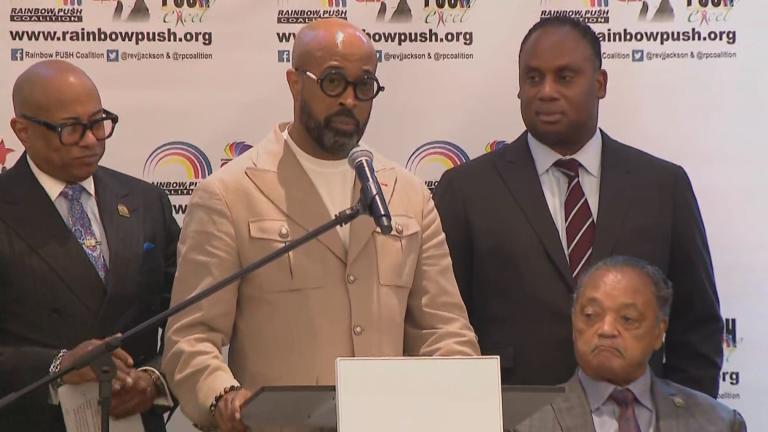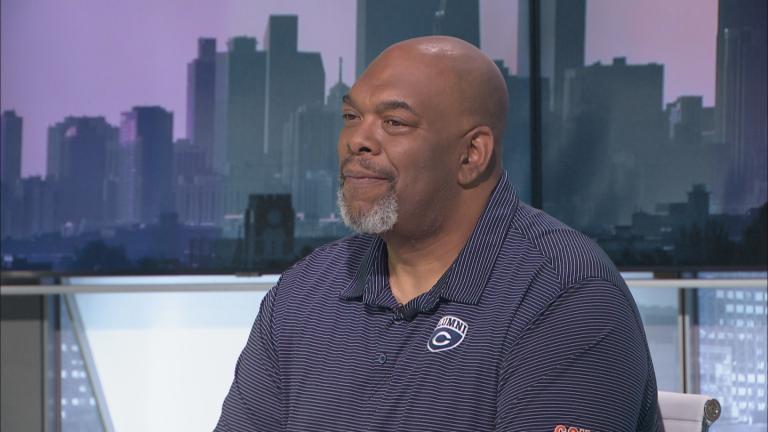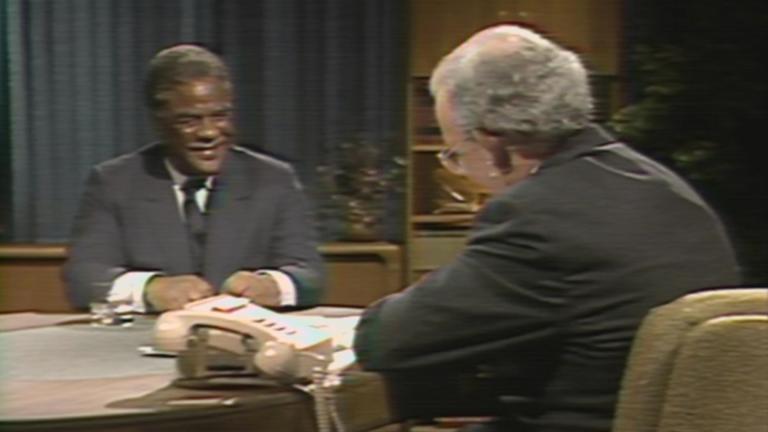The death rate for breast cancer in the United States dropped 43% between 1989 and 2020, according to the American Cancer Society.
Despite this hopeful news, breast cancer mortality rates still remain 40% higher for Black women than White women.
Black women are also less likely to be diagnosed, and less likely to receive treatment.
Paris Thomas, executive director of Equal Hope, says these disparities between Black and White women are even greater in Chicago compared to other cities.
“When you look at where we’re set up, some states have systems that are controlled by two major hospitals or two major systems,” Thomas said. “We have a lot of medical systems here in Chicago, which means that they’re not funneling the same resources, specifically in low resource community hospitals. They’re not getting the same resources as some of our huge accredited cancer programs and academic centers.”
Equal Hope is aiming to address those disparities through a community-based model that includes outreach education and patient navigation, specifically to women of color on the West and South sides of Chicago.
Some of their services include giving access to screening mammograms at no cost and assisting patients with nurse navigators all the way through treatment to be an advocate on their behalf at hospital visits.
The United States Preventive Services Task Force is also now recommending women start breast cancer screening at age 40 instead of the previously recommended starting age of 50.
Dr. Lakshmi Emory, chief medical officer with Aetna Better Health of Illinois, is also a breast cancer survivor. She says in her case, early detection was crucial.
“I found it stage one because I had annual screenings and I found it at the point where I didn’t even have a mass, I just had calcifications on my mammogram,” Emory said. “I was able to have treatment that didn’t include chemo. I had surgery, radiation and I was able to take medication for five years that helps to prevent recurrence.”
She’s now a five-year survivor.
“We need to make sure that we get treatment early because survival is so much greater if it’s done early,” Emory said.
Meanwhile, studies are also showing that Black patients are taken less seriously when they report a health issue to their physician, and are more likely to distrust their provider.
“I think it’s important that we have physicians and providers who are of the same ethnicity, the same culture,” Emory said. “We need to look at the pipeline of providers going through medical school. We know there are fewer medical students now than we’ve had in the past who are of color and that needs to be addressed … there was a well founded distrust of the medical system, but times have changed and we have people in positions of power now in the medical community. And if we’re telling you to get your mammograms, get your screenings, go ahead and do it. You have to take that um step and be an advocate for yourself.”
Contact Acacia Hernandez @acacia_rosita | [email protected]








